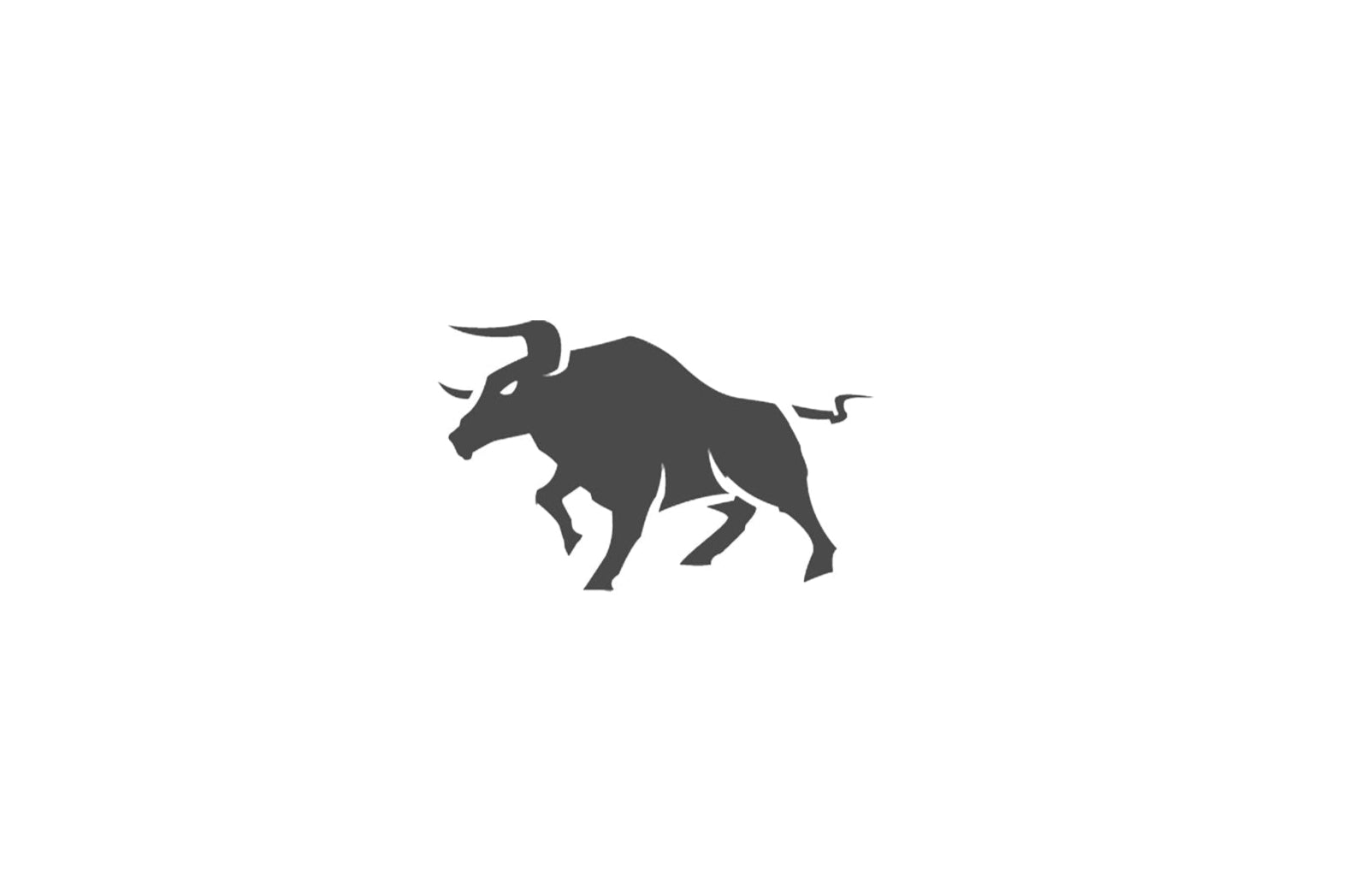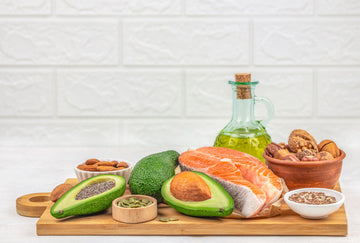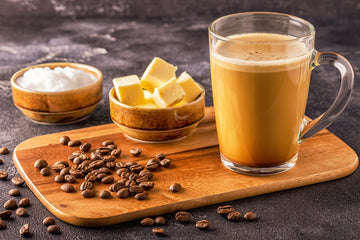Cupping has gained popularity in sports and is used by some athletes as a method to promote recovery and relieve muscle tension. Although it is a centuries-old technique, cupping has gained attention in recent years thanks to prominent athletes such as Michael Phelps, who appeared at the 2016 Olympics with the signature cupping marks.
In this article, you will learn how cupping is used in sports, what possible benefits it can offer for recovery, and how athletes can integrate it into their daily training routine.
What is cupping?
During cupping, special cupping glasses are placed on the skin, in which a negative pressure is created by heating or sucking out the air. This negative pressure ensures that the skin and the tissue underneath are drawn into the glass. This can promote blood circulation and stimulate the lymphatic system.
There are two forms of cupping:
• Dry cupping : The negative pressure is created without injuring the skin and serves to relieve tension and support blood circulation.
• Blood cupping : Here the skin is lightly scratched before the negative pressure is created. However, this method is rarely used on athletes and is more commonly used in special healing practices.
Cupping in sports: How does it work?
In sports, cupping is mainly used to aid recovery and relieve muscle pain after intense training sessions or competitions. It is believed that cupping can help to more quickly remove metabolic products that accumulate in the muscles, thus aiding the recovery process.
The cups are placed on specific muscle groups that have been particularly stressed during exercise. The negative pressure created can increase blood flow to these areas, allowing more oxygen and nutrients to reach the muscles, which could promote the healing process.
Possible Benefits of Cupping for Athletes
Cupping is used by athletes for a variety of reasons. Here are some potential benefits associated with cupping:
support of regeneration
Cupping is used to increase blood flow, which helps transport nutrients and oxygen. This could help athletes recover faster after intense training or competition. It could also promote the removal of waste products such as lactic acid, which could potentially relieve muscle soreness.
relief of muscle tension
Cupping can be helpful for muscle tension in the back, shoulder or neck area. The negative pressure lifts the tissue, which can help to loosen stuck fascia and relax the muscles. This could have a positive effect on mobility.
promoting mobility
Because cupping improves blood circulation and muscle mobility, some athletes report being more flexible and mobile after cupping treatment. Increased mobility could reduce the risk of injury and improve athletic performance.
stress relief and relaxation
Cupping is also used for general relaxation. Some athletes find the treatment to be stress-relieving and beneficial, which can contribute to mental and physical recovery.
Pain relief from overload
Athletes who suffer from muscular pains caused by overexertion sometimes use cupping as a complementary measure. Cupping can be particularly helpful for back pain, but professional advice should always be sought if the pain persists.
How to integrate cupping into your exercise routine
If you as an athlete want to incorporate cupping into your routine, there are several options:
• Before training for mobilization : Cupping can be used before training to prepare the muscles for strain and to promote blood circulation.
• After training to aid recovery : Cupping is often used after intense training sessions to aid recovery by stimulating blood circulation.
• For acute tension : If you suffer from tension, especially in the back or neck area, cupping can be a way to relieve it and relax the muscles.
Frequently Asked Questions (FAQ) about Cupping in Sports
Can every athlete use cupping?
In principle, athletes can incorporate cupping into their regeneration routine. However, it is advisable to consult a therapist beforehand to rule out possible contraindications.
How often should I incorporate cupping into my routine?
The frequency of cupping depends on the individual training volume and needs. Many athletes use cupping 1-2 times a week, especially after strenuous training sessions. In the case of acute complaints, more frequent use can also be useful.
Is cupping painful?
Cupping is usually not painful, but it can cause a pulling or tightening sensation on the skin. Some people find this pleasant, while others find it unusual. Slight redness or round spots on the skin are normal and will disappear after a few days.
Can I use cupping myself at home?
There are cupping kits available for home use that allow for easy application. If you want to do cupping yourself at home, make sure you are well informed and use the technique correctly to avoid skin irritation or injury.
When should I avoid cupping?
If you suffer from blood clotting disorders, skin diseases or inflammatory injuries, you should avoid cupping. If in doubt, consult a doctor or therapist before using cupping.
Conclusion: Cupping as a valuable support for athletes
Cupping is used by many athletes to support regeneration, relieve muscle tension and promote mobility. Whether as part of the recovery routine or to prepare for intensive training sessions, cupping can be a useful addition for athletes who want to optimize their recovery time and improve their performance. Since the individual effects vary, it is important to be well informed about the application and, if necessary, to consult an expert.





